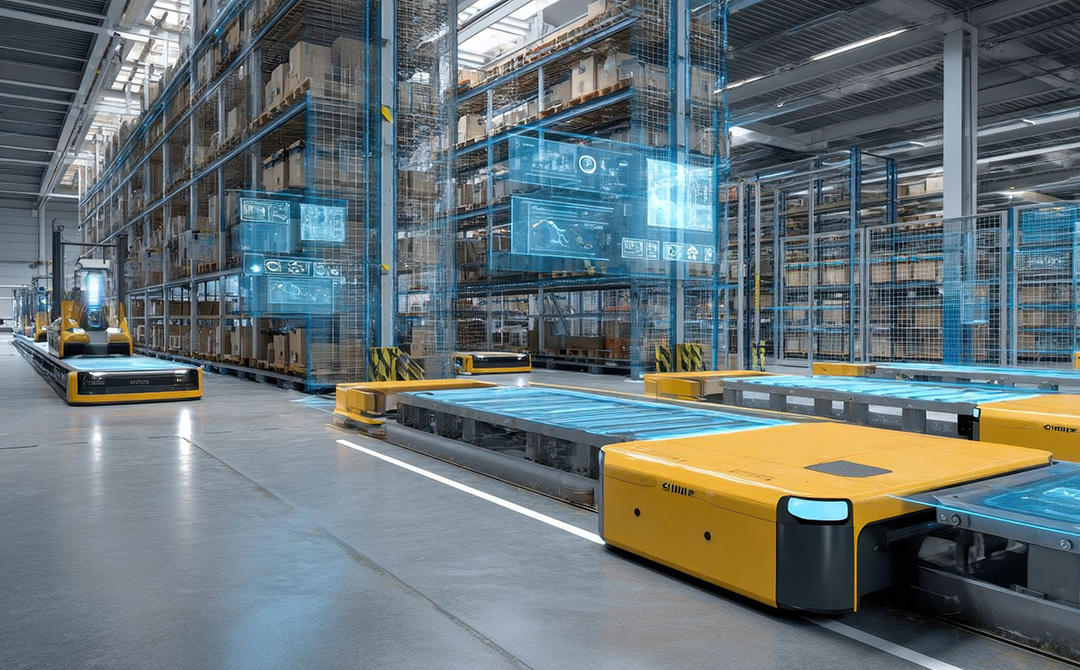
By 2030, the global artificial intelligence (AI) market is expected to grow at a CAGR of 38%. There is no doubt about it: AI will define and design the future.
But this increased adoption rate masks a few challenges that must be addressed in the meantime. Here’s some context.
Five years ago, enterprises were trying to figure out how sub-fields of AI, like deep learning and reinforcement learning, could help address their business problems.
This led to a vast array of approaches, with products, consulting, and services companies joining the solutions bandwagon, and services mostly taking the forefront.
Today, the AI trajectory should ideally be headed toward the best of implementation competencies, i.e., platformization. But in reality, with many Fortune 500 companies finally recognizing the benefits of this technology, AI services have become highly commoditized and a major barrier to actualization.
AI as a Service: Gaps in Approach and Delivery
Let’s say you need AI-enabled smart decision-making for a particular use case (for example, conversational AI for repetitive customer service workloads) and that is the only siloed AI application that you require. In this case, most organizations will use a packaged AI solution or a plug-and-play service from a third-party vendor.
Herein lies the problem that is leading to the demise of AI services, because such point solutions can only help you overcome a specific challenge for a short period. In the future, digital transformation will be stitched into the AI fabric. Systems and applications will soon be interconnected, and the lines dividing business processes will be blurred. Everything will have to be smart, automated, and connected in some way. This is why AI enablement cannot be a singular pursuit. What we integrate into the organization today will form the bedrock of tomorrow’s implementations.
The hyper-scaling vendors have commoditized AI enough to reduce it from a competitive advantage to a mere essential. The differentiating factor of the final solution is not as prominent as it used to be. In addition, non-standardized coding has stunted innovation and scalability. In the current context, AI engineering requires unique thinking and building services from the scratch every time. It limits the scope of experimentation and out-of-the-box innovation. Whether you onboard a new vendor or enter a brand-new geography, the same algorithm cannot be reused, and you are forced to build from scratch every time. This, along with long implementation durations, high computing power needs, and interoperability limits, collectively impacts full-fledged AI adoption.
To overcome such hurdles, enterprises need to take a step back and reexamine their approach. AI as a Service is not a long-term solution. You need a foundational approach to best prepare for tomorrow’s digital wave.
Enter Platformization
For speed and scalability, AI implementations need a platform with diverse algorithms and tools that can unify applications and technologies within a typical business landscape. This architectural mindset is proven to accelerate innovation for any technology in a structured manner with minimal errors, effort, and overhead. Platform thinking is focused on the value of a connected ecosystem in which every business operates. It expands the orchestration of resources and facilitates the co-creation of value, thereby setting the stage for innovation. It can solve the repetitive problems in AI/ML models across supply chain and pricing and open new opportunities to reimagine the business across dimensions like operating models and engagement. At the same time, data scientists and domain experts can merge their data processing and modeling workflows to allow significantly accelerated production cycles.
The ideal AI platformization framework is guided by a few design principles:
- Scalability – This includes cloud provisioning tools to avoid working from scratch every time and to track codes for continuous improvement.
- Accelerated time-to-value – Pre-built data models, KPI stores, and feature configurations fast-track basic processes.
- Reusability – Containerized algorithms enable components and applications to run sustainably and standardize coding.
- Intercommunicability– This breaks down barriers between different processes and allows seamless networking.
Apart from these tenets, another key factor of perfect AI platformization is ‘openness.’ Open standards support uncapped innovation. They do not limit it to a vertical or an industry, allowing room to create a unique AI/ML ecosystem. Such an open AI platform can enable end-to-end AI lifecycle management, simplify AI journeys, and expedite market readiness with streamlined workflows and rapid iterations.
Above all, an AI platform brings all the stakeholders to the same table, adding speed and agility to production. It thereby enables better collaboration, meticulous governance, and real-time infrastructure management at high efficiency and low costs. Here’s how:
- Persona-based AI solutions– Platforms can eliminate guesswork from personalization features by tapping into transactional and behavioral data of users at an oceanic scale. With its trove of insights and multi-level mapping, you can create refined AI solutions with hyper-personalized content dedicated for particular users.
- Change management– Platforms can help enable change, not impede it.
They seamlessly integrate with existing IT infrastructure to accommodate minimal training and faster launch. They also provide a clear view of granular impact areas, automate low-risk approvals, and offer greater control without sacrificing agility.
- Observability– Be it AI observability or real-time incident management, platforms are a great asset. They bolster people’s trust in AI by autonomously detecting issues in the ML pipeline and take necessary actions. They can also provide full-stack observability data of MELT (Metrics, Events, Logs, and Traces) to correlate the events and identify/resolve issues of other systems at record speed using AIOps.
- AI governance– AI platforms enable responsible AI exercises by helping you adopt systematic and ethical governance principles. This makes the entire AI lifecycle fair, accountable, and transparent. They also help in risk management, control, and predictability.
- Sustainable AI– Platforms also foster change in the entire lifecycle of AI products (idea generation, training, fine-tuning, implementation, governance) towards making it flexible, scalable, and beneficial in the long run.
Discover Ideas, Design Solutions, and Deploy Them at Scale From enabling on-shelf stock availability in retail stores and insightful pricing and promotion planning in CPG companies to intelligent orchestration of operations with Digital Twins, an open AI platform can automate innovation journeys from ideation to execution.
It is the next step in AI evolution that eliminates the black box associated with enterprise-grade implementations. Now is the time to envision new possibilities and realise the vision of last-mile deliveries and connected ecosystems. The potential of AI to continually create value by bridging the gap between insights and action must be tapped. By integrating AI into the business strategy as a growing, thriving ecosystem, we will be able to step into the future effectively and confidently.
This article was originally published on - The Times of India (AI services are dead. Long live AI)

AUTHOR - FOLLOW
Sagar Balan
Chief Business Officer, CPG
Topic Tags




